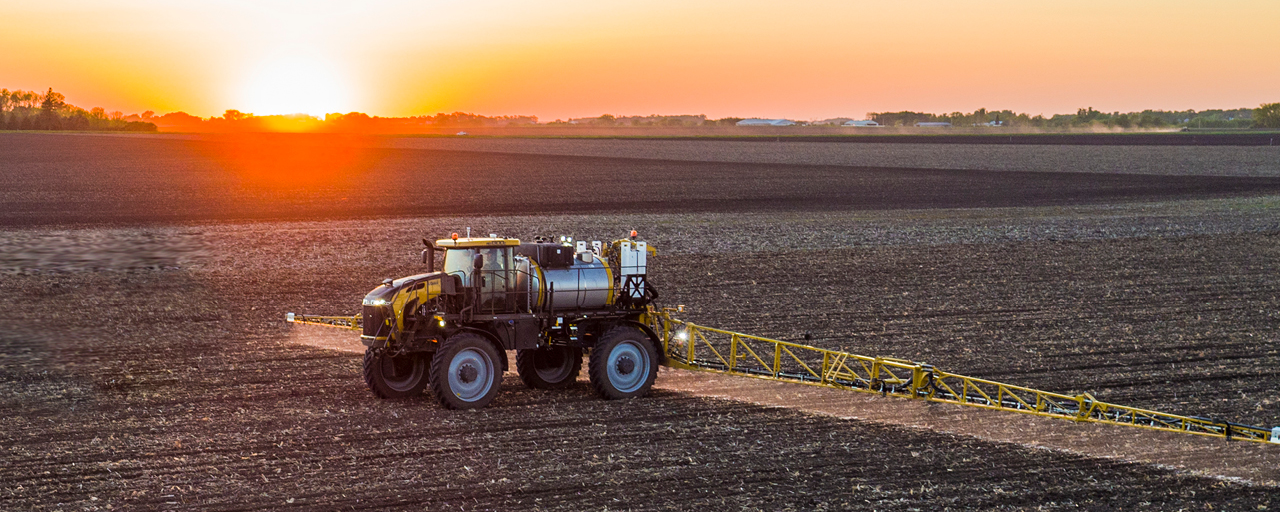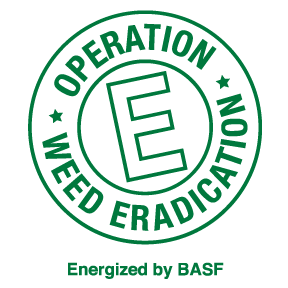The many benefits of a fall burndown
You might be done harvesting, but you’ll still need a pigweed control plan this fall. Lead with an eradication mindset to build upon your weed control successes you had this season, especially if you farm in warmer climate where pigweed species are likely a year-round problem.

After harvest, you’d think nothing else would grow until spring, but hard-to-control weeds like Palmer amaranth and waterhemp continue to do so.
Both weeds are prodigious seed producers and can create havoc on any operation. Overcoming this level of difficult resistance is challenging, but it can be done with a proper management plan and yearlong diligence. If your field has a history with late emergence due to a warmer climate, or you’re utilizing a no till approach, adding a fall burndown to your overall weed management plan could be extremely beneficial going into next season.
BENEFITS OF A FALL BURNDOWN
A fall burndown is beneficial for many reasons.
Reduces the workload in the spring, allowing for more suitable days in the field
Controls winter annuals, which may aid in soil warming to allow for earlier planting / field work
Opportunity to use an alternative mode of action you may not get the chance to use in crop
Optimal time to control perennial weeds to prevent spring growth from occurring
PALMAR AMARANTH AND WATERHEMP—A 1, 2 PUNCH
Following an early corn harvest, it could be several weeks, even months, before a killing frost or sufficiently cold temperature sets in to impede weed seed germination and emergence. During that time, weeds like Palmer amaranth and waterhemp have plenty of time to grow and cause problems for your operation next year and years to come.
Palmer amaranth can continue germinating throughout fall, and as a light-dependent plant, will sense the increasingly shorter daylengths and seed out. During the summertime, it’s typical to see 6-7’ foot plants. However, those palmer amaranth plants germinating and growing in the fall may only be 1 foot tall but can still put on a seed head and set tens of thousands of viable seeds.
Waterhemp is another troublesome broadleaf weed species wreaking havoc on farming operations with many populations exhibiting multiple resistance to herbicides. What this means is that the tools available to eliminate waterhemp continue to shrink as weed resistance grows. Don’t let fall-germinating pigweed species set and drop seed. Even if you’re farming warmer southern acres that have longer lag times between harvest and first frost, you can still control waterhemp with a fall burndown program.
BUILD A PLAN
Remember, even if you do a fall burndown, it does not eliminate the need for residual herbicide programs in the spring before the next crop. If you do choose to use a residual herbicide in your fall burndown application, refer to the product label to understand its implications on next year’s crop planting restrictions. Also, be sure that your fall burndown residual does not interfere with your crop plans for the following spring.
And lastly, the cost of a fall burndown application should not break the bank. Be targeted and realistic with your expectations. The focus is to control weeds that are easier to eliminate now. A fall burndown application does not provide in-crop control of summer annual weeds, so don’t try to replace your pre-plant residual next spring.
Committing to a season-long program approach that includes a fall burndown can get you closer to eradicating pigweed issues on your acres.
